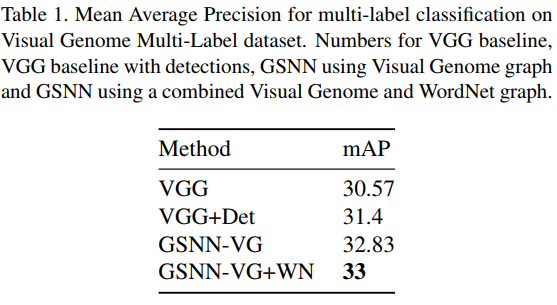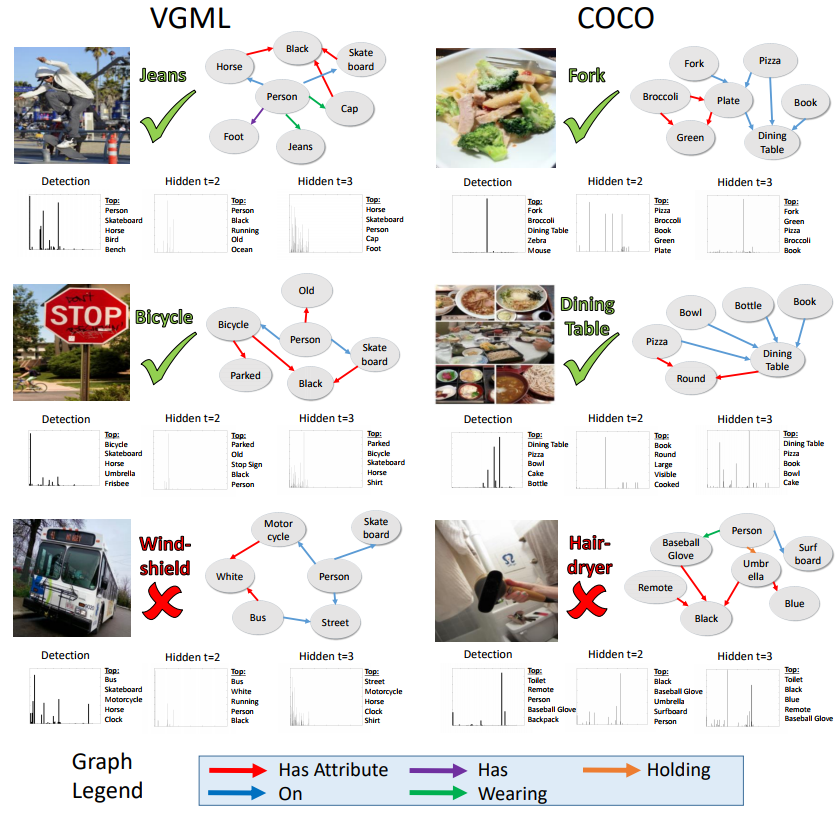GSNN : The More You Know: Using Knowledge Graphs for Image Classification
Summary
This paper investigates the use of knowledge graphs and shows that using this knowledge improves performance on image classification. The propose a Graph Search Neural Network (GSNN) that reasons about different types of relationships and concepts that are used for image classification.
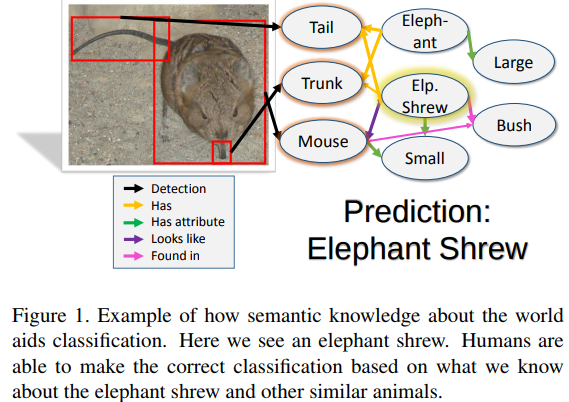
Proposed network
The goal of the system is to learn an adjacency matrix as well as the state of every node. The adjacency matrix defines which visual nodes are connected and the state if the node is present in the image. This is learned via a propagation network.
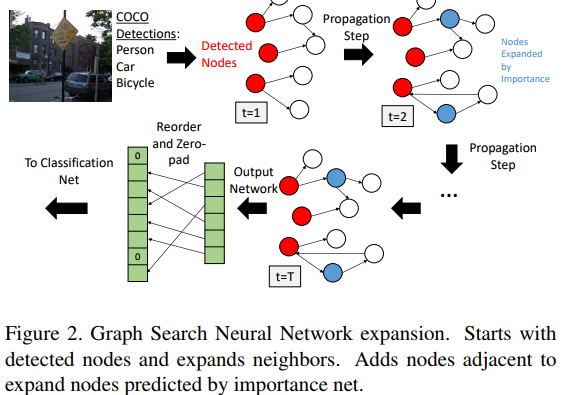
However, since learning the entire graph all at once is time expensive, they start by propagating information from visual nodes detected by Faster R-CNN. They then add the nodes adjacent to the initial nodes to the active set and propagate the beliefs about the initial nodes to all of the adjacent nodes. After the first time step, we need a way of deciding which nodes to expand next. This is done with an importance network
At the final time step T, they compute the per-node-output and re-order and zero-pad the outputs into the final classification net.
In summary, the system involves 3 networks namely the propagation net, the importance net, and the output net.
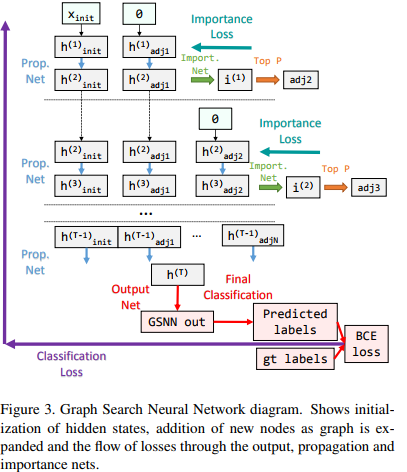
Results
The method gets state of the art results on the COCO and the visual genome datasets.
